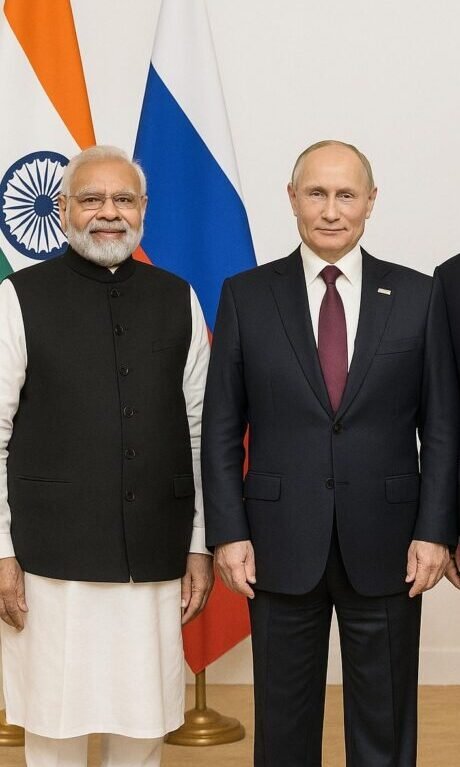India Pauses Russian Oil Imports Amid Geopolitical, Economic Pressures
India, the world’s third-largest oil importer and a key consumer of Russian seaborne crude, has halted purchases of Russian oil by its state-run refiners. This marks a significant pause in one of the strongest energy relationships formed since the Ukraine war began in 2022. The suspension of imports comes amid shrinking discounts on Russian crude and growing pressure from the United States, particularly from President Donald Trump.
According to a Reuters report citing sources familiar with the matter, four major state-run refining companies—Indian Oil Corporation (IOC), Bharat Petroleum Corporation Limited (BPCL), Hindustan Petroleum Corporation Limited (HPCL), and Mangalore Refinery and Petrochemicals Ltd (MRPL)—have not procured Russian crude for over a week. Though no official statements have been issued by the companies or the Indian government, industry insiders confirm a temporary freeze in purchases.
This development represents a major turning point, as Russia has emerged as India’s top oil supplier over the past two years, providing approximately 35% of India’s total crude imports. These purchases were seen as a mutually beneficial arrangement—India gained access to discounted oil, and Russia found a reliable buyer amid Western sanctions.
Shrinking Discounts and Strategic Recalibration
The immediate trigger for the halt, according to sources, is a significant reduction in price discounts offered by Russian suppliers. Since 2022, Indian refiners had been acquiring Urals-grade crude at heavily discounted prices, making it economically advantageous despite geopolitical tensions. However, with those discounts now at their lowest levels in over two years, the financial incentive has diminished.
To maintain steady supplies, Indian refiners are now turning to alternate sources, particularly Middle Eastern grades like Abu Dhabi’s Murban and West African crude oils. These alternatives, while traditionally more expensive, have become competitive given the current pricing dynamics with Russian crude.
While economics remain a core factor, political signals are also influencing decisions. On July 14, Donald Trump issued a stark warning, threatening 100% tariffs on countries purchasing Russian oil if Moscow fails to agree to a peace accord with Ukraine. The threat, while aimed broadly, has direct implications for India, given the scale of its Russian energy imports.
US Tariffs and Diplomatic Tensions
In a further blow, Trump announced on Wednesday a 25% tariff on Indian goods, effective August 1. While he noted that bilateral trade talks were ongoing, he made it clear that India’s continued engagement with Russia—particularly in oil and defense—could invite deeper economic penalties.
Adding to the pressure, Trump on Monday sharply reduced the grace period for secondary sanctions on entities buying Russian exports—from 50 days to just 10-12 days—unless Russia agrees to a peace deal. The move effectively leaves countries like India with little time to adapt or justify continued purchases.
These announcements have created a complex environment for Indian policymakers, who must now weigh energy security and economic interests against escalating diplomatic friction.
A Broader Strategic Shift?
While this halt in oil purchases may be temporary, it signals a potential strategic shift. India has long maintained a policy of non-alignment and energy pragmatism, sourcing fuel from a wide range of suppliers. However, the increasing entanglement of energy and geopolitics—especially under Trump’s renewed assertiveness—may force recalibration.
Despite the current suspension, Indian officials have not ruled out resuming Russian imports should market conditions improve or diplomatic tensions ease. However, in the short term, Indian refiners are expected to diversify further, bolstering ties with producers in the Gulf, Africa, and even Latin America.
The situation remains fluid, and much will depend on the trajectory of US-Russia relations, India’s trade negotiations with the West, and global oil market dynamics in the coming months. For now, though, one of the key pillars of post-2022 global energy trade appears to be undergoing a significant pause.
This article is based on publicly available sources and expert analysis. Neither Indian state refiners nor government authorities have issued formal comments at the time of publication.








